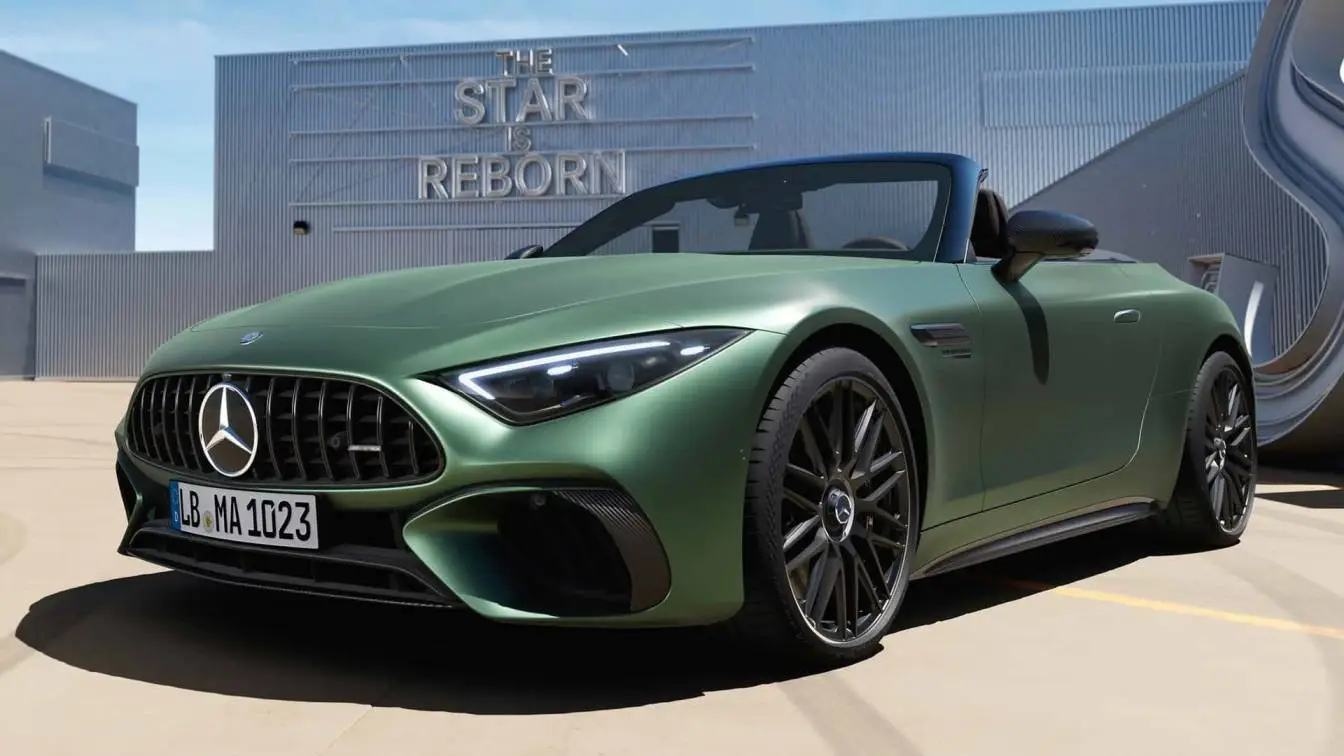Facel Vega
Facel Vega, a former French coachbuilder, was only in operation for ten years, from 1954 to 1964, but during that time, it produced the charmingly beautiful FVS and HK500 models (shown above). Both were equipped with Chrysler V8 engines that produced between 330 and 360 horsepower. Nevertheless, the automobiles were meant to be grand routiers, not racing machines, therefore performance was slow. The firm was driven into insolvency by warranty claims, as has happened to numerous tiny vehicle companies throughout history. However, these French fancies have a high survival record, which is aided by the simplicity of their engines and gearboxes.
Allard
Sydney Allard (1910–1966) was one of the first to see the promise of American V8s—which could be produced in large quantities and were dependable, strong engines—as the driving force behind their unique sports vehicles. The automobiles that left the workshop in Clapham, London were known for their unique design, but their speed was always certain. The most well-known automobile is the J2 series, which was also equipped with a 4.4-liter Mercury engine producing 120 horsepower and 221 lb ft of torque. The majority of versions used the Ford Pilot's 3.6-liter V8 engine. Some clients, though, went even farther, purchasing Cadillac V8s with bigger capacity to achieve terrifyingly fast speeds for both track and road use.
Ford GT40

Despite barely being 40 inches tall, the Ford GT40 is the most successful transatlantic project in terms of performance on the racetrack. The only goal of this automobile, which Ford conceived after its bid to acquire Ferrari was rejected, was to defeat the Italians at Le Mans. Although the initial attempt was unsuccessful, the GT40 won four straight races at La Sarthe in 1966–1969. Depending on the generation, all were constructed in Slough and came with 4.7- or 7.0-liter V8 engines. A Mk-3 Road vehicle was also available. In Steve McQueen's Le Mans, a GT40 with its roof cut off used as a camera car to keep up with the racing action scenes. Speaking about motion pictures, the Ford v Ferrari battle will be played out in Le Mans ’66, a new Matt Damon film drama due in cinemas this autumn.
De Tomaso Pantera
This was a true global endeavor, as Argentinean Alejandro de Tomaso (1928-2003) combined his beautiful Italian coach-built sports cars with US V8 power. Although he had experimented with the formula previously, the Pantera's stunning appearance and dependable Ford engine—which began with 330 horsepower in 1971—were what drew the interest of supercar purchasers. The Pantera endured a surprisingly long life, outliving even the Lamborghini Countach. It was still powered by the same motor in 1991, although it produced 350 horsepower more in GT5S version.
Gordon-Keeble
The Giugiaro-designed glassfiber body, sophisticated chassis, Corvette V8 with four-speed manual, and innovative chassis were all features of the Gordon-Keeble GK1. This elegant four-seat coupé had one fatal defect that prevented it from being a massive hit in the 1960s: its price was over 1.5 times more than that of a Jaguar E-Type. The 99 people who did purchase a GK1 (above) were rewarded with smooth performance from the 5.4-liter engine and superb handling made possible by Selectaride adjustable dampers. Despite their failure in the 1960s, the most of them have endured and are now highly prized classics.
Marcos Mantis
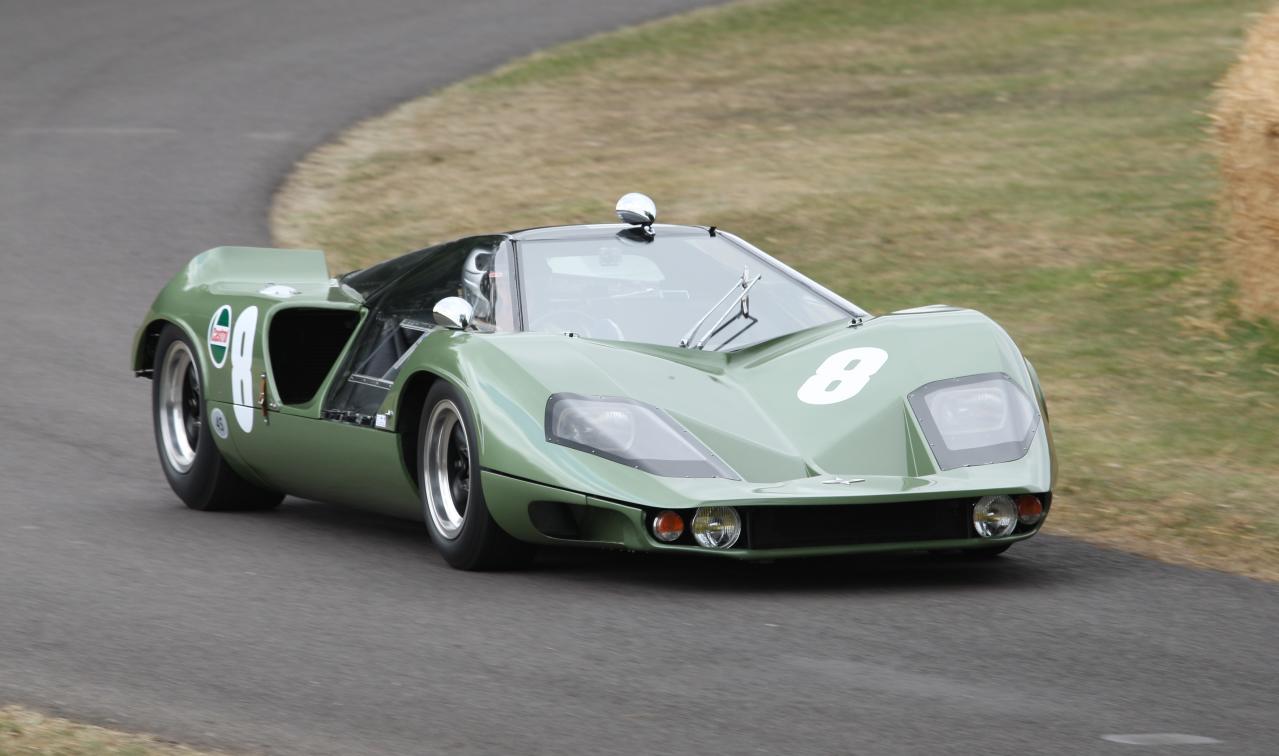
Marcos was never afraid to steal the engines from other automakers, and in the end, he decided to use the Rover V8 in the majority of its vehicles. For the 1997 Mantis, a 4.6-liter lump adapted from a Ford Mustang replaced the old Buick engine. With the supercharger installed, the Mantis could reach speeds of over 170 mph with 506 horsepower. Even though only 16 of them ever left the factory, it was a historic vehicle being the first British production model with more than 500 horsepower.
Monteverdi High Speed
Although building high-performance automobiles with massive engines may not seem like a natural fit for Switzerland, car dealer Peter Monteverdi (1934–1998) was no typical manufacturer. Declaring his initial models High Speed, the company set up shop using massive 7.2-liter V8s that were purchased from Chrysler to provide quick yet smooth performance. Before the company closed its doors in 1984, the High Speed—which had styling by Frau and was available in two-door coupé and four-door saloon forms—was produced in very small quantities.
Trident Clipper
With a peak speed of 145 mph, Trident was able to reach 0-60 mph in 5.0 seconds thanks to Ford's 4.7-liter V8 engine. Impressive stuff for 1968, when the Clipper with its composite body should have had the entire planet at its disposal.
But the elongated Triumph TR6 chassis was not meant for the task. Nor were the company's finances, and in 1977, 135 vehicles were manufactured before the Clipper was written out of history due to failing production.

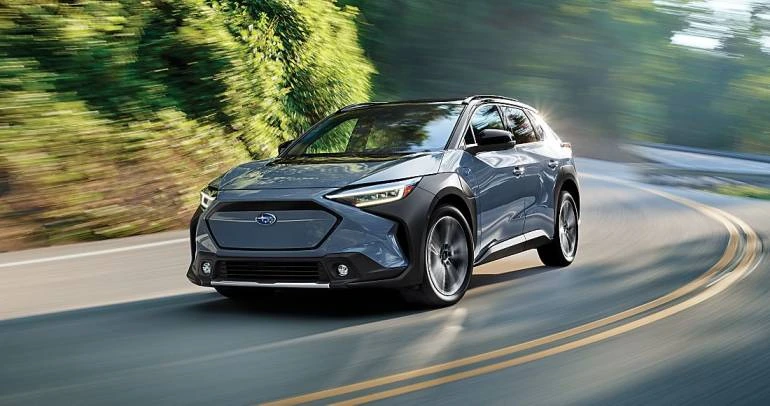
.webp)
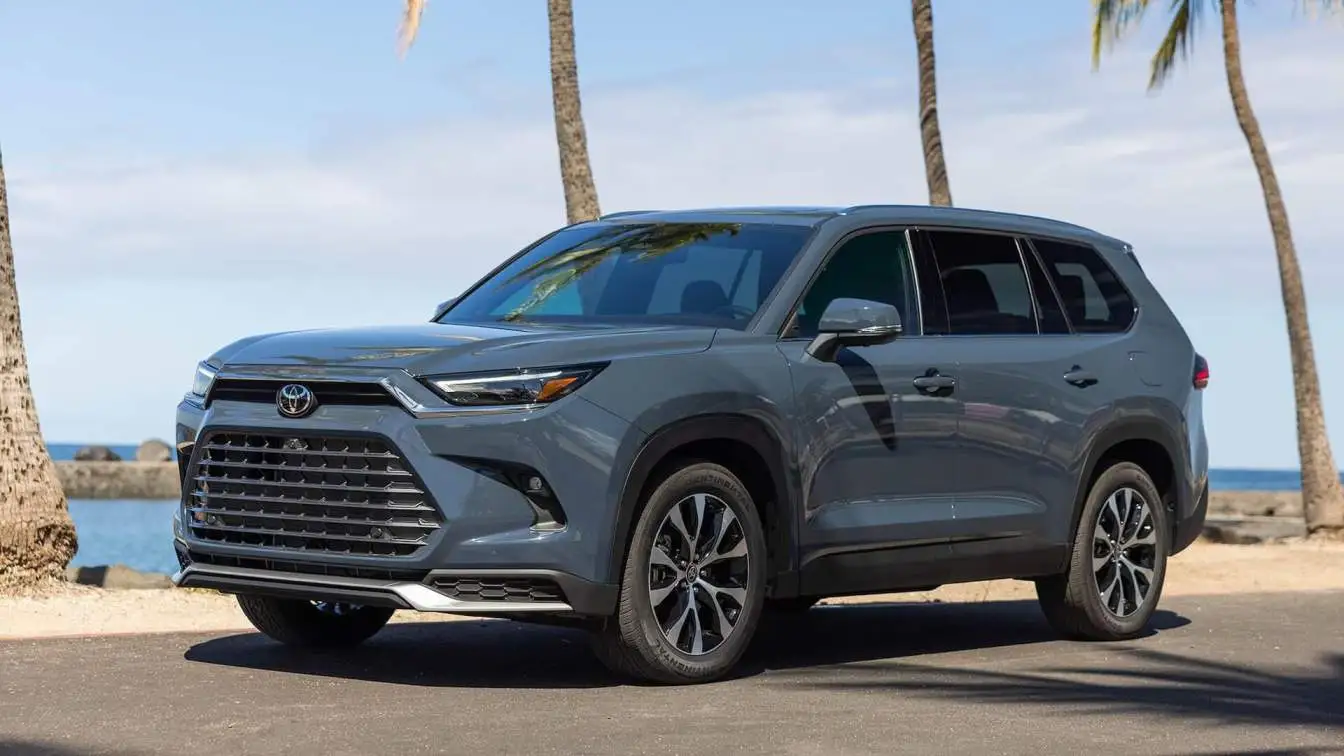
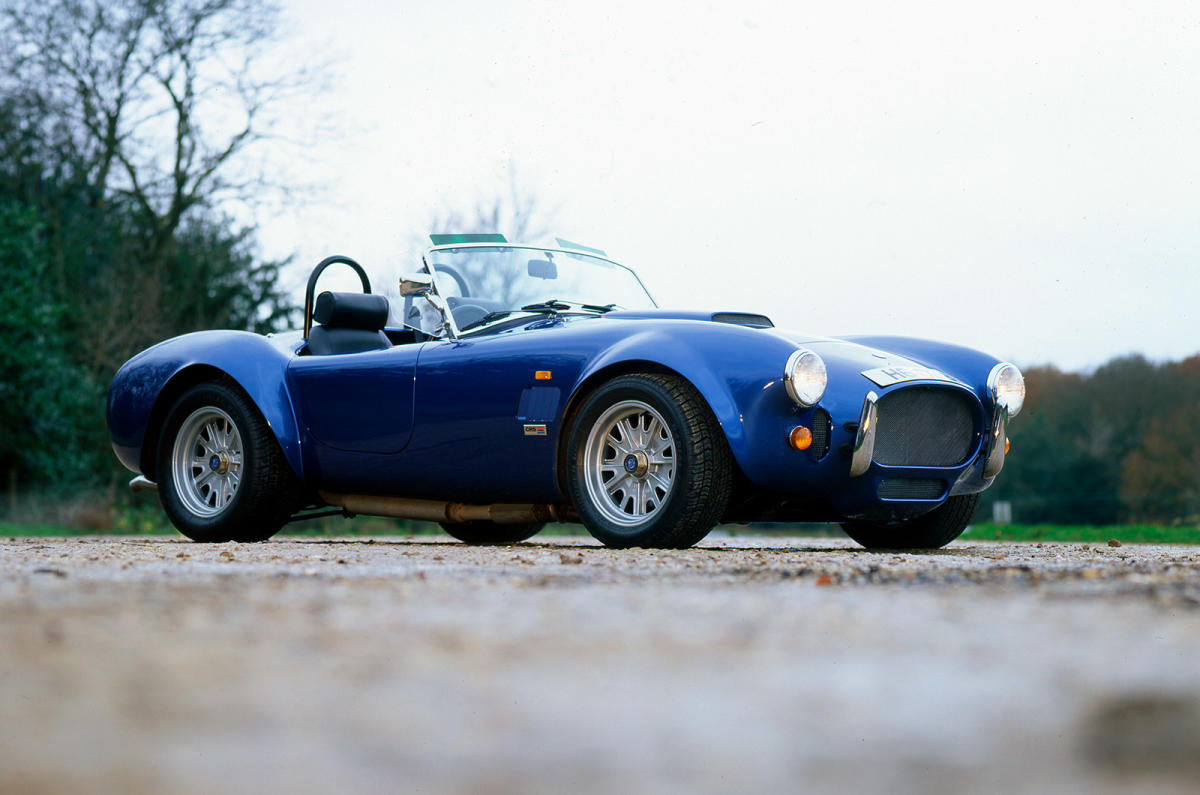
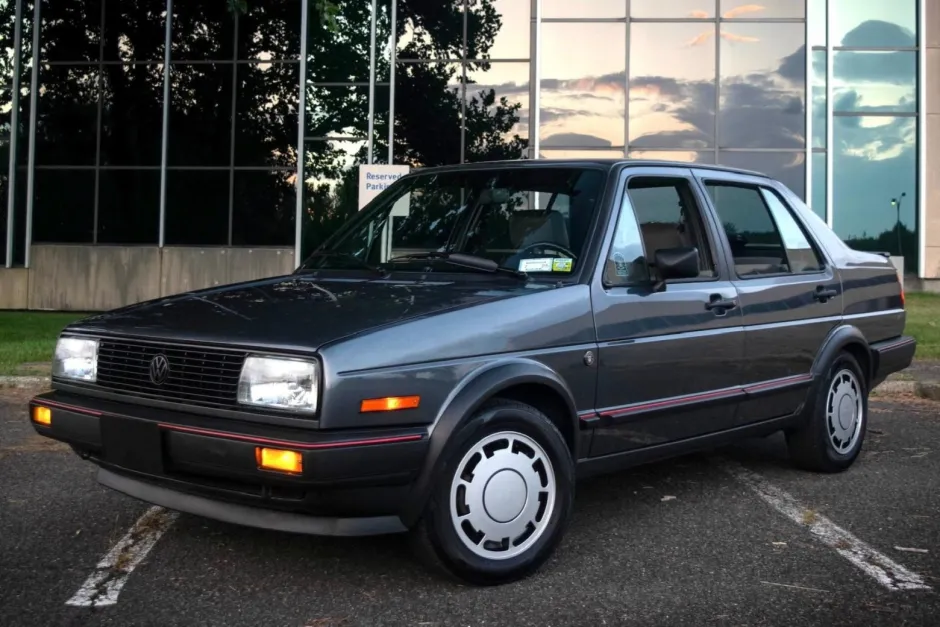
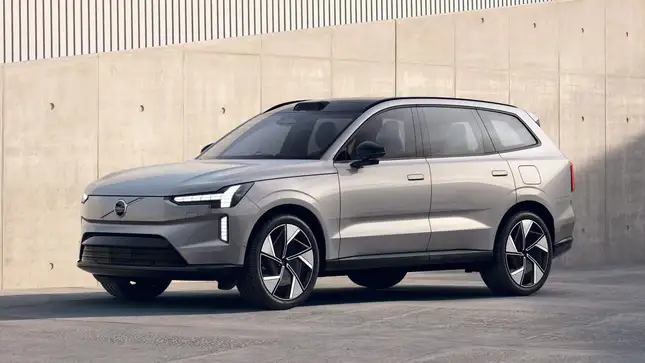
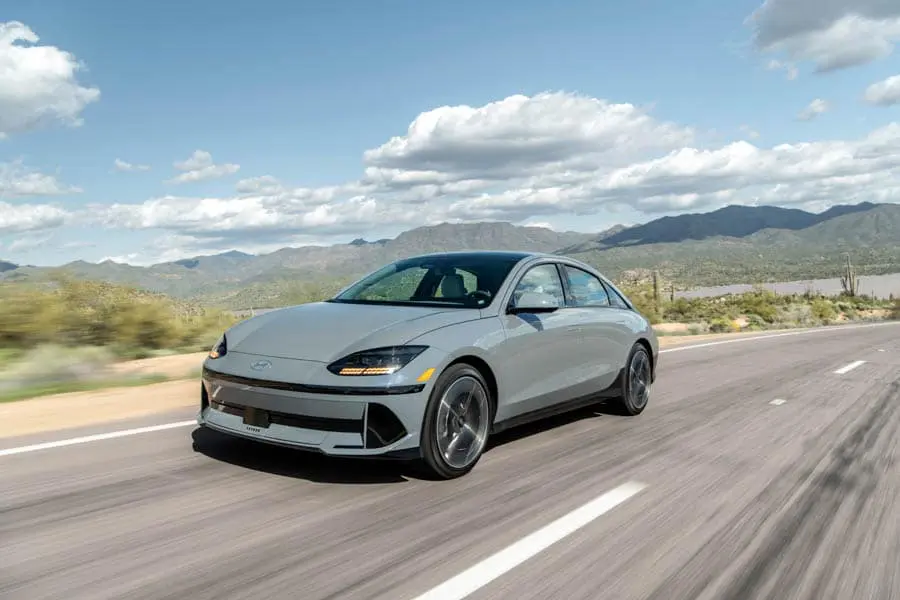
.webp)
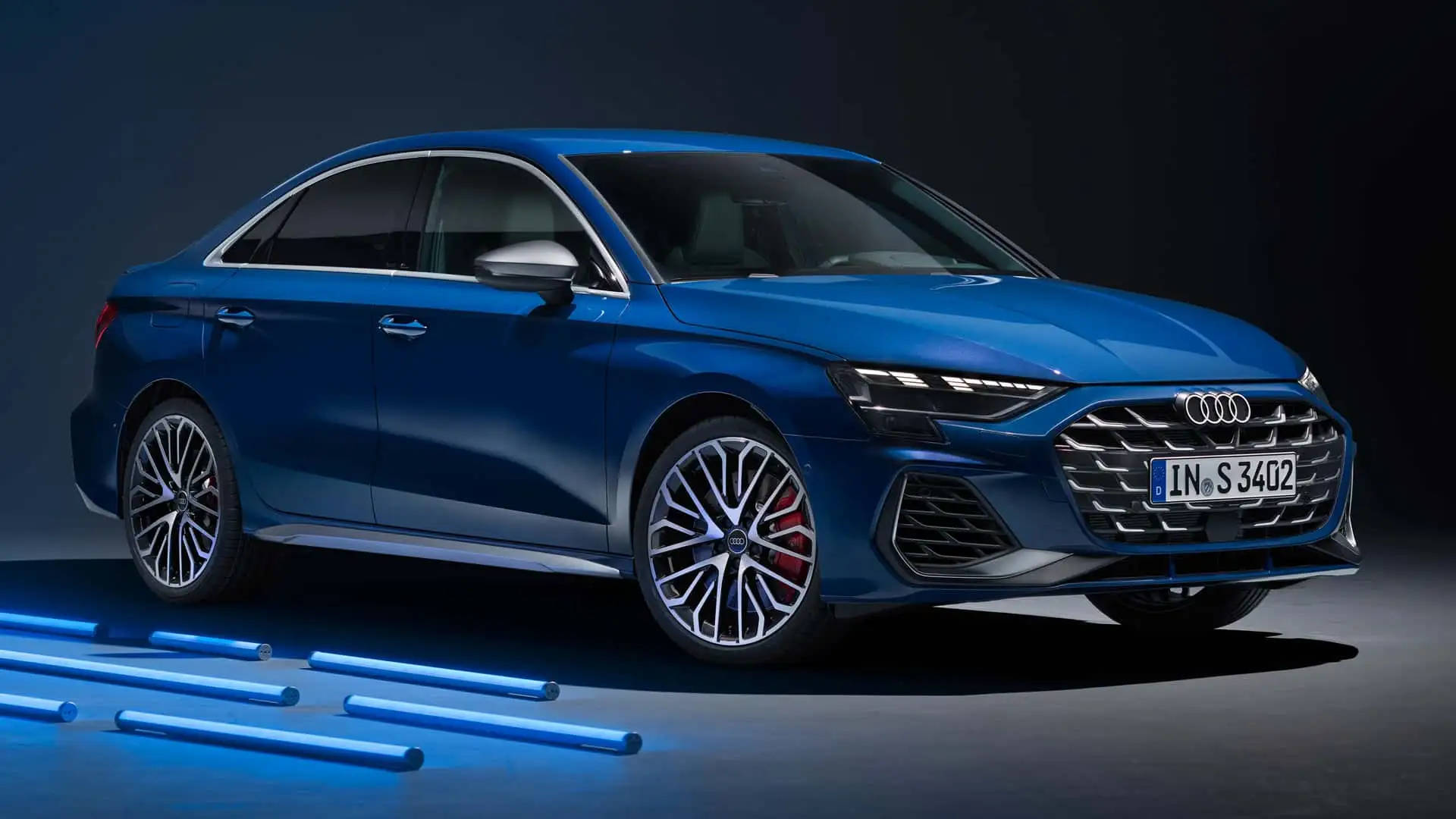
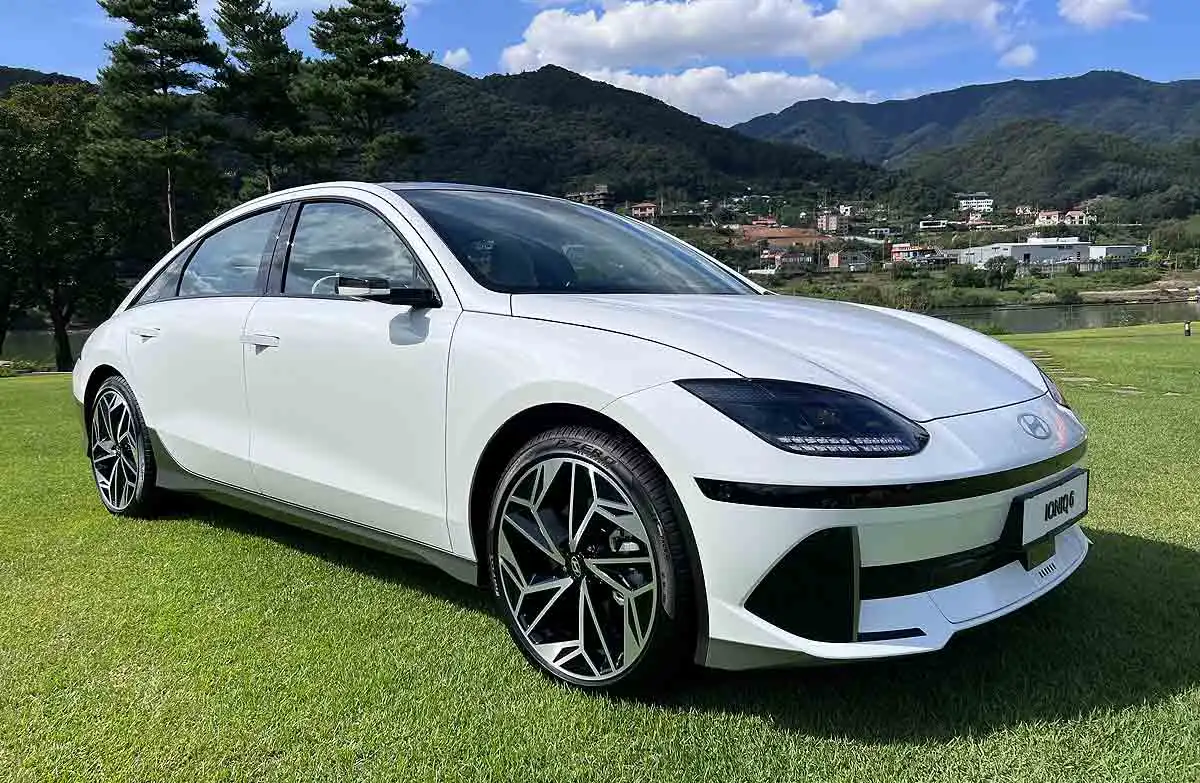
.webp)
